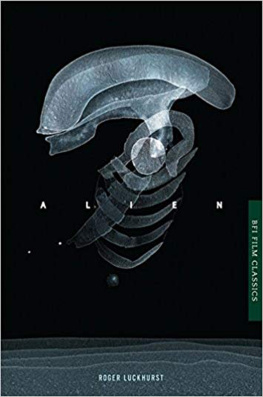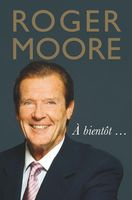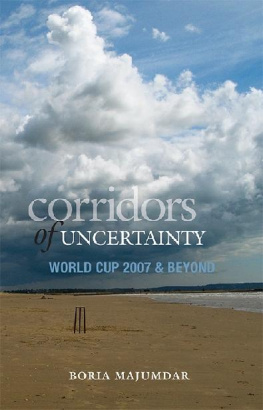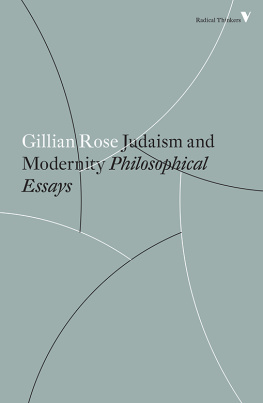Published by Reaktion Books Ltd
Unit 32, Waterside
4448 Wharf Road
London N1 7UX, UK
www.reaktionbooks.co.uk
First published 2019
Copyright Roger Luckhurst 2019
All rights reserved
No part of this publication may be reproduced, stored in a retrieval
system, or transmitted, in any form or by any means, electronic,
mechanical, photocopying, recording or otherwise, without the prior
permission of the publishers
Page references in the Photo Acknowledgements and
Index match the printed edition of this book.
Printed and bound in Great Britain by
T.J. International Limited, Padstow, Cornwall
A catalogue record for this book is available from the British Library
eISBN 9781789141030
Contents
Untitled Corridor Project
You may remember it differently but
all I see is one long corridor
hot-wired to the nervous system
I feel the change in pressure on my face
a corporate corridor
vacuum cleaners sashaying in wide arcs
a ships corridor
portholes reflected like a row of buttons
on the floor
a hotel corridor
where fear feels like a solid thing
and music leaks from the ceiling
upgrading to an airport corridor
a shadowless hospital corridor
with an ending phoned-in by the gods
I suspect the scenery is changed behind me
that I walk in an endless loop
a recession of dead spaces
note the identifying thread in the carpet
that print repeated on the wall
just in case
I carry an ampoule of poison into the hall
Chris Greenhalgh
One need not be a chamber to be haunted,
One need not be a house;
The brain has corridors surpassing
Material place.
Emily Dickinson
Introduction
Every workday morning I step out of the door of my somewhat battered post-war duplex onto the 60-metre (200 ft) concrete deck of my housing block and walk to the end staircase. I take the London Underground for a couple of stops, through Farringdon to Kings Cross, the oldest stretch of track in the network, first opened in 1863. Since 2010 the Circle Line (although it no longer circles) has been upgraded to connected corridor carriages, so at quiet times you get a snaking sightline down the whole train. I leave Kings Cross through the Euston Road exit: since the arrival of the Eurostar terminus, the lower level has been transformed into a shopping arcade. My office in Gordon Square, in disreputable Bloomsbury, is in the row of Georgian town houses once owned by Virginia Woolf and her sister Vanessa Bell, and later by Maynard Keynes. These houses, rented by the University of London, used to be a warren of backstairs and convoluted passages. To get between the houses sometimes involved descending to the basement or up to the garrets in the loft to move across the load-bearing walls. A refit has now punched lateral corridors through the building, imposing some degree of logic, although they twist and turn, still mark the boundaries of the separate houses, and it is common to find lost souls wandering the hallways bewildered by the elusive room-numbering system.
This is a journey dominated by corridors, that quintessentially modern space. There is a complex history in this short journey moving from that clouded dream of Modernist collective housing, of shared decks and communal living, through a Victorian transport corridor on a corridor train first introduced, with much fanfare, in the 1890s, getting off through a shopping arcade that was a wholly new kind of commercial space in the 1810s, to a university that in its idealist, expansionist phase in the twentieth century saw the corridor as a model of enlightened, circulating knowledge, a place of exchange where the disciplines would flow together.
Access deck of the Golden Lane estate, London, built 195762.
Yet, to be honest, these spaces are merely passages, volumes to pass through on the way to somewhere else. These are the parts of the journey most likely to be done on autopilot, the minutes and hours vanishing into routine habit. Dead time and dead space.
Why this disregard? Most office jobs are now located in open-plan offices, which emerged in the 1950s as a model of post-war modernization and efficiency. Many office workers now live in spaces where the internal walls, so loved in domestic settings by the Victorians, have been knocked down and the interiors opened up. The middle classes read lifestyle magazines that have been selling a vision of wall-free, corridorless loft living since the drive to recapitalize old inner-city industrial spaces in the 1980s. This open plan is not only for hipsters and gentrifiers. We do not wait for hospital appointments in corridors in new hospitals any more, but sit in vast, open glass atria. Every winter, when the British health service comes under intense pressure, the worst hospital nightmare is to be stranded in an in-between place: Stroke victim spent 54 hours in corridor. This is an anti-corridic world.
Corridors are now regarded as infrastructure, the underpinning service elements of the world that are too big, or buried, or boring, to deserve comment. Infrastructure seldom sustains mindful attention, manifesting instead the stuff of an unremarked substrate simply Drains, cable pipes, vents, service roads, electrical substations and corridors. It is engineers, not architects, who pore over schematics of large-scale trade and transport corridors, or plan ecological corridors a metaphorical extension that seemed to arrive in the 1960s just as domesticated corridors were disappearing. It is engineers, not architects, who ensure compliance with health and safety rules, for instance that Fire Exit corridors hidden away in the shameful back-room quarters of modern buildings conform to International Building Codes. These define an exit corridor as a continuous and unobstructed path of egress from any occupied portion of a building to a public way. They must meet the minimum width restrictions, which remains roughly two shoulder-widths wide, one for the column of evacuees to exit, one for the column of fire service personnel to enter. Surely these are technical matters for the engineer, not the architect, so that the corridor becomes what Stephan Trby has called an un-architecture.
If you buy any popular architectural guide, such as How to Read Houses or How to Read a Building, the corridor will not feature in it. Gaston Bachelards The Poetics of Space famously explores the power of attraction of all the domains of intimacy in the home, but only passingly mentions nooks and corridors. Is there an equivalent for the corridor? Not really.
Yet at the same time as this disappearing act, I found that I was seeing corridors everywhere in cinema, on TV, in computer games. Whenever I explained to someone that I was writing a cultural history of the corridor, nearly everyones first reference point was Stanley Kubricks film The Shining (1980), where we watch the young boy Danny hurtle through the labyrinths of the Overlook Hotel on his tricycle, drawing impossible figures as he loops through those confounding spaces. These short scenes stick in the mind because viewers had literally never seen anything like this before. Kubrick took the relatively new invention of the Steadicam and turned it upside down, so that it rested close to the floor where the angle made the corridor a looming, terrifying space revealed in the frictionless glide of what we know is a malignant, inhuman gaze stalking the young boy.














